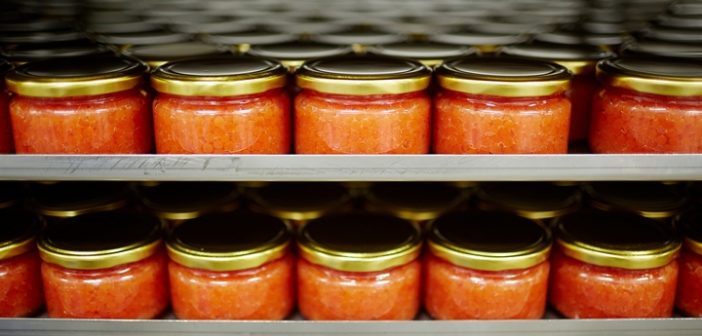Unfortunately, manufacturer leak detection equipment isn’t always 100% reliable but checking for leaks in food packaging materials is something not often done by consumers. Leaks in food packaging can be significantly risky but being aware of the different leak detection equipment and methods may not only give you some more confidence in the system but also allow you to test your food packaging materials on your own.
1. Ultrasonic Detectors

An ultrasonic detector is a small, handheld device that detects the sounds produced by the leaks. All leaks produce a sound relative to their size; the smaller the leak, the higher the frequency. However, the sound isn’t easily heard with the ear, which is why this device is helpful. In addition to the device itself, you will find a pair of headphones, a meter, and an adjustment nozzle. The device picks up the sound and it will also inform of you of the rate of the leakage.
2. Using a Water Basin

If you are using a water basin, then you are performing the bubble test. By submerging your packaging in a water basin, any holes should produce bubbles that will be visible at the top. For this to work, the packaging needs to be pressurized or, in other words, submerged with the lid on or with the bag securely closed. This method may not always be so effective with extremely tiny leaks.
3. Pressure Decay Method

If there is a leak in your packaging material, science says that the internal pressure level of the object will be reduced and you can test this by using certain equipment. Before actually testing for the leak, you would want to charge the material using nitrogen or dry air. Once it’s pressurized, you record the starting pressure. If the pressure levels drop over a period of time and no errors were made during the process, you likely have a leak.
4. Vacuum Decay Test

The pressurizing method is flawed in that pressure levels can be affected by such things as temperature but this isn’t an issue with the vacuum test. By creating a vacuum inside of your packaging material, you can record the pressure so long as the packaging material is suitable for a vacuum state. This method has the opposite effect and if pressure builds up, you likely have a leak.
5. Helium Sniff Method

The leak detection equipment you need here is a helium sniffer. This method not only identifies the leak but also its exact position. It works by charging your packing material with helium, sealing it, and scanning it with the sniffer device. Concentrated areas of helium will be detected, indicating that you have a leak.
6. Helium Spray

Here, you will spray helium gas on the portion of the packaging that you would like to test. The gas will penetrate any leaks in the packaging material and a helium detector will sense the gas and the leak as soon as it penetrates the material.




